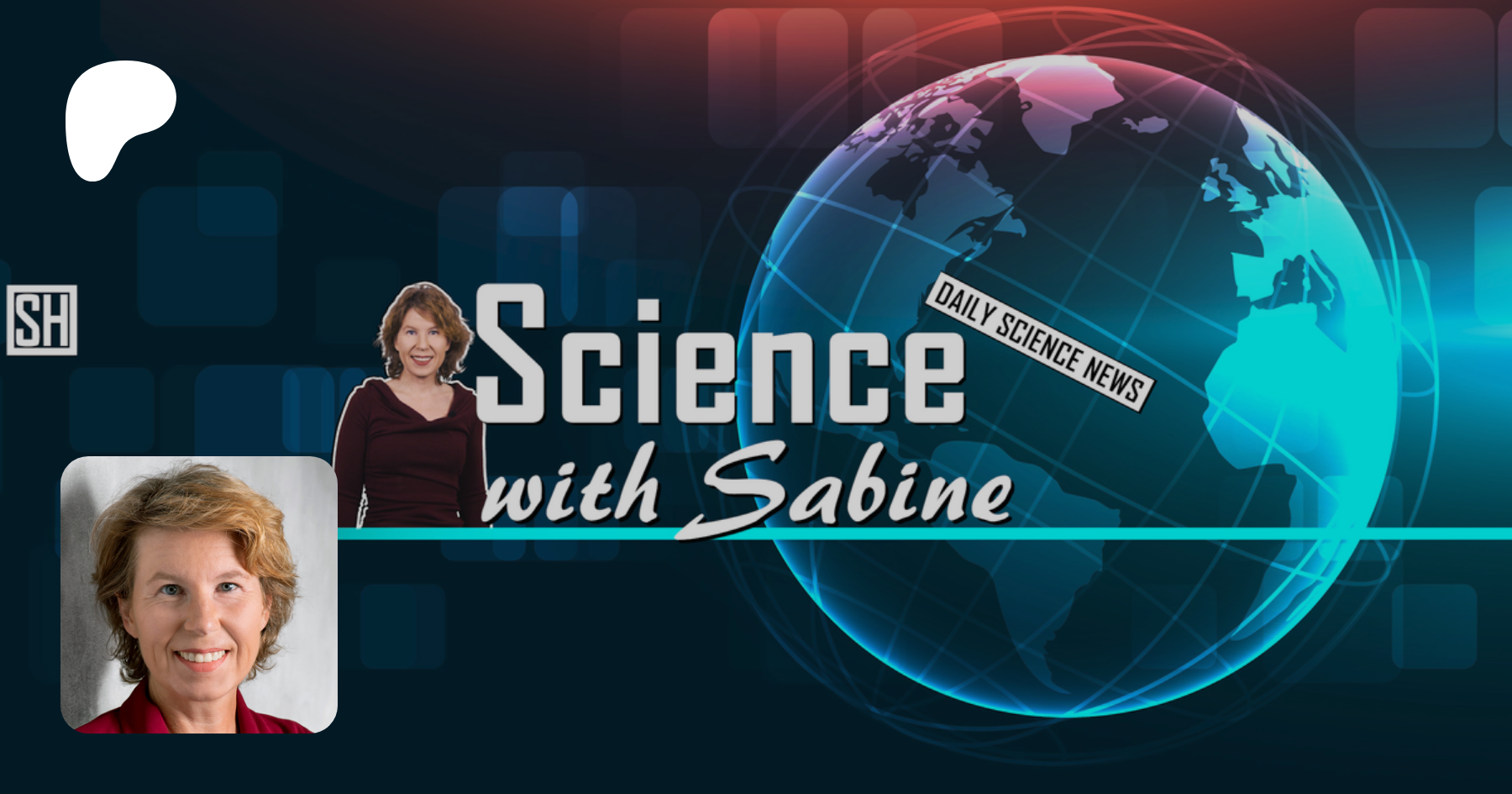- Sabine's Newsletter
- Posts
- Space Probes, AI Jobs, Vibe Physics, and Mass Extinctions
Space Probes, AI Jobs, Vibe Physics, and Mass Extinctions
This week’s science bits from SWTG

A New Way To Send Probes Into Space

Illustration of TARS. Figure: Kipping & Lampoo, arXiv: 2507.17615
Researchers from Columbia University have proposed a new way to send small probes beyond the solar system. They want to do it using two tethered light sails with opposing reflective and non-reflective surfaces brought close to the sun. The solar radiation then causes the system to spin. After several months, the tether gets close to its breaking point – then, the probe is released and flung onto an escape path from the solar system. In a nod to the movie “Interstellar” (and defying every SEO advice ever) they called their device “TARS,” short for Torqued Accelerator using Radiation from the Sun.
TARS would weigh just about 1-2 kg and have a size of several meters. It could accelerate a small probe to speeds up to 10 km/s, enough to escape the solar system. While it cannot compete with Breakthrough Starshot that would be accelerated with ground based, high-powered lasers, it outperforms with laser state-of-the-art sunsails that would need more than a decade to reach the same speed. Paper here. More here.
This week’s episode of Science News is about time mass extinctions. For decades, researchers have treated mass extinction events as global ecological reset buttons, with the fittest survivors taking over. But according to new research, mass extinctions are not the great wipe-out we thought they were. What does this mean for the mass extinction that we currently seem to be causing? Let’s take a look.
You can now create and share your own quizzes on QuizWithIt for free! Each quiz has a unique URL, can be embedded into websites or newsletter, and be shared on social media. Happy quizzing!
Bing Wants your Job

Researchers at Microsoft have analysed anonymised Bing Copilot data from 2024 to find out which professions are least and most likely to be replaced or at least heavily impacted by AI. On top of the list they have translators and interpreters, followed by historians. At the bottom of the list they have people who draw blood. Paper here.
Real News for Real People — Not Partisans
Feeling like you want to get off the rollercoaster of polarizing politics? Read Tangle — an independent and nonpartisan political newsletter recently profiled on This American Life for helping to bridge the gap between politically divided families. Each day, the newsletter unpacks one important news story, examining it from all sides of the political spectrum.
Beware the Vibe Physics

I have been alerted to the growing trend of “vibe physics,” though I have seen it coming in my inbox. I myself have been using various AI models (but most heavily GPT 4-o4) in the hope to advance my physics research, and the results have been mixed.
While I have not been cashing out money for today’s biggest and best models, GPT 4-o4 or Grok 3 are extremely useful for quickly summarising knowledge that has been well documented in the literature. Those summaries are by my estimate now 80% correct. The biggest problem is conflations between different formalisms or topics and sudden changes in notation.
I have, however, found the current models basically useless to do anything new (“out of distribution”) as they will simply revert to repeating textbook knowledge. To the extent that they’re able to produce anything new, it is almost always trivially wrong. Unfortunately, the “new” equations and explanations which they do produce look superficially plausible.
So, if you’re working on vibe physics, be careful. I recommend you consult a physicist to vet your results, but please not me. I’m busy explaining Bell’s Theorem to ChatGPT, for probably the 3000th time…

